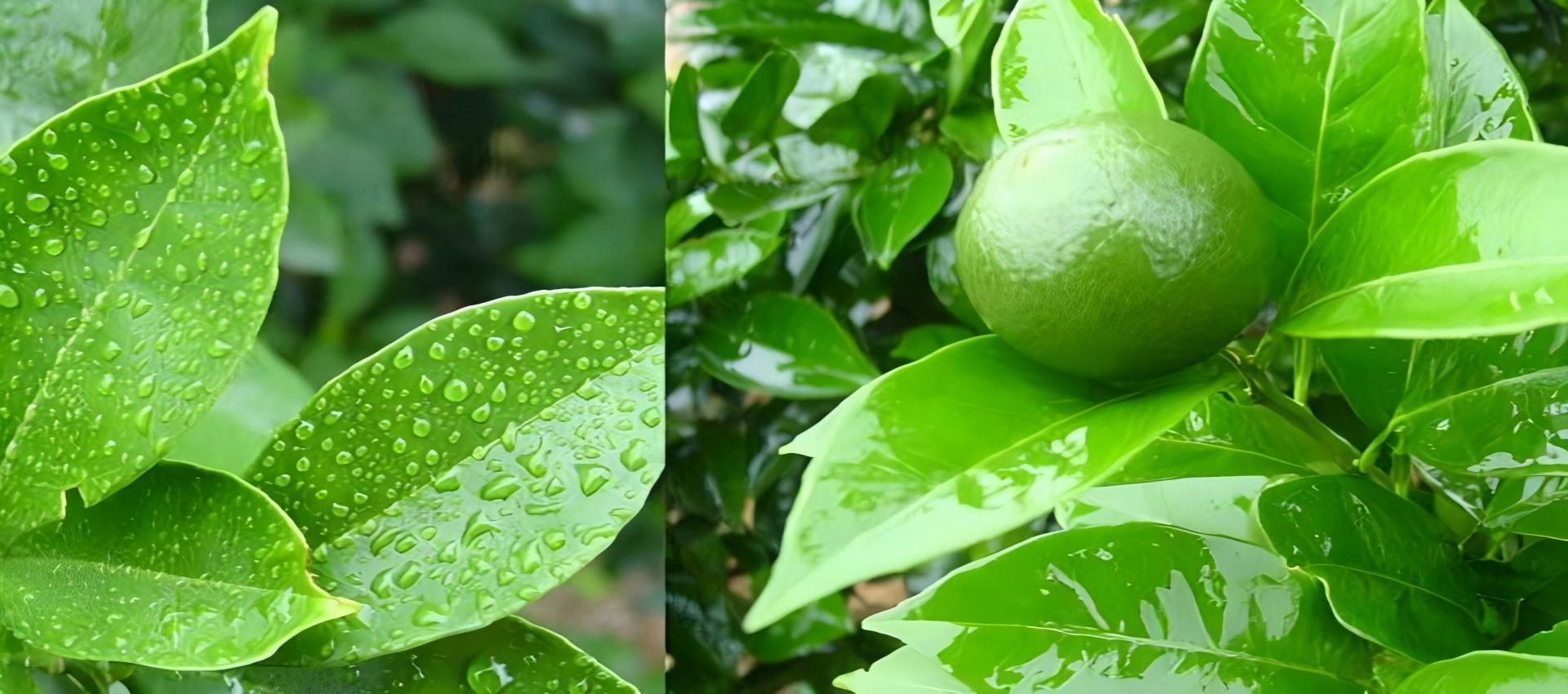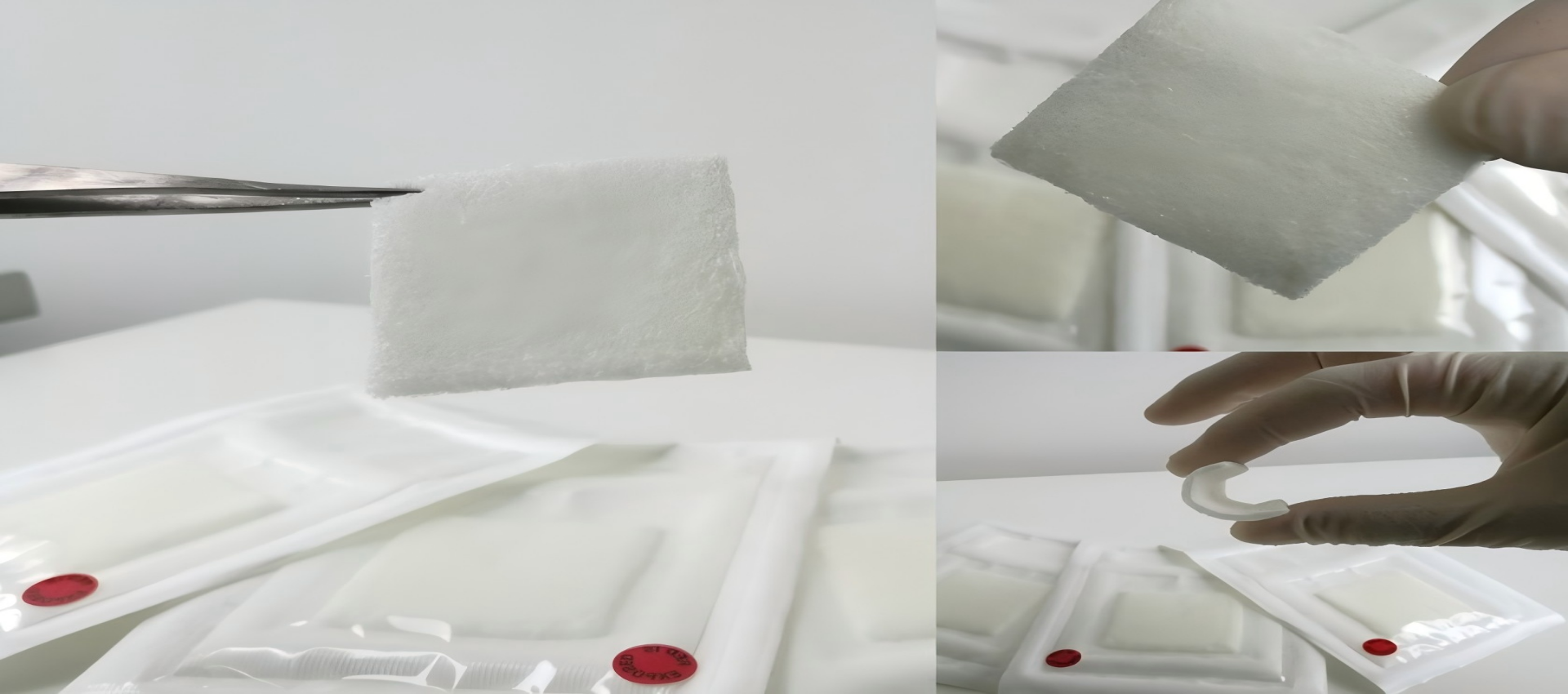
Methyl Hydrogen Silicone Fluid Factory

Methyl Hydrogen Silicone Fluid
Everything you need to know about our products and company
Methyl hydrogen siloxane represents a breakthrough in agricultural adjuvant technology, delivering exceptional performance in crop protection applications. This specialized silicone-based additive acts as a super-spreading agent that dramatically enhances the efficacy of pesticides, herbicides, and fungicides through its unique surface modification capabilities.
The compound’s extremely low surface tension (16-18 mN/m) enables complete wetting of even the most challenging plant surfaces, including waxy leaves and hydrophobic structures. This ensures uniform coverage and maximum adhesion of active ingredients, significantly reducing product runoff and improving rain fastness. By facilitating superior stomatal penetration, it enhances the absorption of systemic products and helps overcome resistance issues in weeds and pests.
Methyl hydrogen siloxane allows for substantial reduction in chemical usage—typically 30-50%—while maintaining or even improving overall efficacy. Its compatibility with most agricultural formulations and rapid biodegradation profile make it an environmentally responsible choice for modern farming operations.
This advanced adjuvant technology provides farmers with a powerful tool to optimize crop protection strategies, reduce environmental impact, and maintain sustainable agricultural productivity.
Basic Product Information
TYPICAL PROPERTIES
| Appearance | colorless transparent liquid |
| Viscosity (25℃),mm2/s | 20-250 |
| H% (wt) | 0.04-1.45 |
| Volatile content(150℃,3h),% | ≤11 |
For more specifications,Please email us for detail
Physical Properties
Chemical Properties
Product Functions
Applications
Rice: Lodging resistance enhancement.
Wheat: Drought resistance improvement.
Fruit Trees: Sunscald prevention.
Tea Plants: Quality enhancement (e.g., polyphenol retention).
Greenhouses: Anti-fogging film for optimized light transmission.
Soilless Cultivation: Hydrophobic root zone management.
Film-Coating: Uniform seed coating for mechanized sowing.
Germination Promotion: Enhanced water/nutrient uptake during sprouting.
Core Advantages
| Performance Dimension | Conventional Treatment | H₂-Silicone Oil Solution | Validation Method |
| Pesticide Utilization Rate | 38–42% | 79–85% | Fluorescence tracer method |
| Leaf Water Retention (Drought) | Wilting at 72 hours | Turgid for 168 hours | Controlled climate chamber simulation |
| Fruit Cracking Rate | 23–35% | <8% | Statistical analysis of 10,000-acre orchards |
| Photosynthetic Efficiency | — | +29% net photosynthetic rate | LI-6400XT system measurement |
| Silicon Absorption | 0.8–1.2 mg/g | 2.5–3.8 mg/g | ICP-MS detection |
Market Value
Core Application Fields & Market Drivers
(1) Pesticide Synergists (Core Market)
Mechanism:
Reduces pesticide solution surface tension, enhancing leaf spreadability and penetration.
Delays pesticide volatilization, extending residual efficacy (e.g., glyphosate + H₂-silicone oil boosts efficacy by 30%).
(2) Foliar Fertilizer & Biostimulant Carriers
Advantages:
Enhances foliar absorption of nutrients (e.g., zinc, boron), reducing leaching losses.
Compatible with biostimulants like humic acid and seaweed extracts.
Market Potential:
Global foliar fertilizer market to reach $3.5 billion by 2025, driven by silicon-based adjuvant adoption.
(3) Seed Coating & Stress Resistance Enhancement
Functions:
Forms a hydrophobic film to inhibit seed mold and improve germination rates.
Boosts drought tolerance (e.g., 20% higher survival rate for coated wheat seeds under drought).
Policy Drivers:
China’s Seed Industry Revitalization Initiative prioritizes high-performance seed coatings.
(4) Soil Amendment (Emerging Application)
R&D Focus:
Synergistic use with polyacrylamide (PAM) to reduce soil moisture evaporation.
Salt suppression in saline-alkali soils (experimental phase).
Regional Breakdown:
Asia-Pacific (China, India): Largest market (>50% share), driven by pesticide efficiency policies.
South America (Brazil): High demand from soybean and sugarcane cultivation.
Experimental Data & Case Studies
Comprehensive Stress Resistance Solution for Rice
Seed Soaking Stage: Treat seeds with a 0.05% solution for 12 hours.
Tillering Stage: Apply a 0.1% concentration of the agent together with insecticides via aerial spraying.
Heading Stage: Spray a 0.15% concentration of the agent combined with fungicides on the leaves.
Lodging rate: 32% in the control group vs. 6% in the treatment group.
1000-grain weight: 24.3 grams in the control group vs. 28.7 grams in the treatment group.
Pesticide usage: 100% in the control group vs. 60% reduction in the treatment group.
Applied in the 852 Farm of Heilongjiang State Farm Bureau across 30,000 mu (2,000 hectares), leading to a 14.6% yield increase.
Fog Elimination and Disease Prevention for Protected Agriculture
Treat the inner wall of greenhouse films by spraying a 0.3% aqueous solution.
Fog elimination duration exceeds 20 days.
Incidence of gray mold disease reduced by 67%.
Shandong Shouguang Vegetable Base reduced light supplementation energy consumption by 30% using this solution.
Preparation Methods, Core Technologies & Precautions
Preparation Methods
Raw Materials: Methyl hydrogen dichlorosilane (MeHSiCl₂), dimethyldichlorosilane (Me₂SiCl₂)
Process Steps:
Hydrolysis Reaction: Hydrolysis in a toluene/water system to generate hydroxyl-terminated prepolymers.
Polycondensation: Add concentrated sulfuric acid as a catalyst to adjust molecular weight (typically controlling viscosity at 50–500 mPa·s).
Neutralization and Water Washing: Neutralize acidity with NaHCO₃ to remove HCl byproducts.
Agricultural Applicability:
Low cost, suitable for large-scale production of pesticide adjuvants.
Strict control of residual chlorine content (<50 ppm) is required to avoid phytotoxicity.
(2) Siloxane Equilibration Method (High-Purity Route)
Raw Materials: Hexamethyldisiloxane (MM), methyl hydrogen cyclosiloxane (D₄ᴴ)
Catalysts: Tetramethylammonium hydroxide (TMAH) or phosphazene chloride
Characteristics:
Narrow molecular weight distribution of products, suitable for high-end seed coatings.
Chlorine-free residue but higher cost.
(3) Modified Hydrogen-Containing Silicone Oil (Functional Customization)
Epoxy Modification: Introducing epoxy groups to enhance compatibility with organic pesticides.
Polyether Modification: Grafting EO/PO segments to improve water solubility (for foliar fertilizers).
Amino Modification: Enhancing adsorption on seed surfaces.
Core Technical Breakthroughs in Agricultural Applications
(1) Low-Toxicity Process Control
Challenges: Residual chlorine and acid in traditional processes may affect crop growth.
Solutions:
Multi-stage water washing + adsorption purification: Using activated carbon/molecular sieves to remove trace impurities.
Chlorine-free silane route: Replacing chlorosilanes with alkoxysilanes (e.g., MeHSi(OMe)₃).
(2) Ultra-Low Surface Tension Technology
Requirement: Pesticide sprays need rapid spreading (surface tension <25 mN/m).
Implementation Methods:
Regulating Si-H bond content (0.5–1.2%) to optimize hydrophobic-hydrophilic balance.
Blending with nonionic surfactants (e.g., alkyl polyglycosides).
(3) Sustained-Release Film-Forming Technology (Seed Coating)
Key Technologies:
Micro-emulsification process: Particle size <100 nm to improve film uniformity.
Crosslinker selection: UV curing or oxidative crosslinking (e.g., dicumyl peroxide).
(4) Environmental Degradability Optimization
Biodegradable silicone oil:
Introducing ester bonds (e.g., siloxane-polycaprolactone copolymers).
Photodegradable design (containing benzophenone structures).
Precautions
Prohibited Situations:
During the bee pollination period in the flowering stage
Under extreme drought (soil water content <30%)
Best Practices:
Application from 9–11 a.m. on sunny days
Adding anti-drift agents for drone operations
Packaging & Ordering
Packaging: 200kg/1000kg plastic drums (customizable).
Our most popular products loved by customers worldwide
Methyl hydrogen siloxane serves as a multifunctional additive that significantly improves processing characteristics and final properties in silicone rubber applications. This specialized silicone fluid features reactive Si-H groups that enable efficient cross-linking through hydrosilylation reactions with vinyl-functionalized silicone rubbers. .
Medical-grade Methyl hydrogen siloxane serves as a versatile functional material in healthcare applications, combining high purity with reactive Si-H groups for enhanced performance. This specialized silicone fluid enables precise cross-linking in implantable devices, provides controlled drug release matrices, and creates anti-fouling surface coa.
Methyl hydrogen siloxane serves as a versatile functional additive in personal care products, leveraging its unique Si-H reactivity and silicone properties to deliver enhanced performance across various applications. This specialized material acts as an effective cross-linker in hair care products, creating durable yet flexible films that provide.
Methyl hydrogen siloxane serves as a innovative processing aid that enhances both the efficiency of leather manufacturing and the quality of finished products. This reactive silicone fluid improves leather softness and flexibility through effective fiber lubrication and molecular-level modification. Its unique chemical properties enable superior .